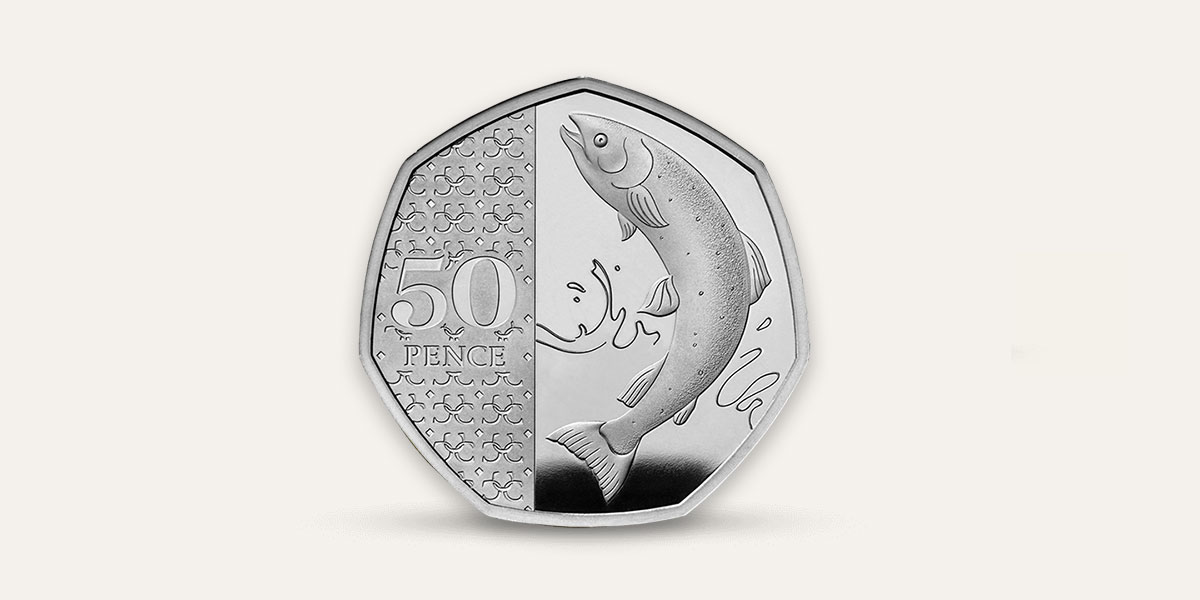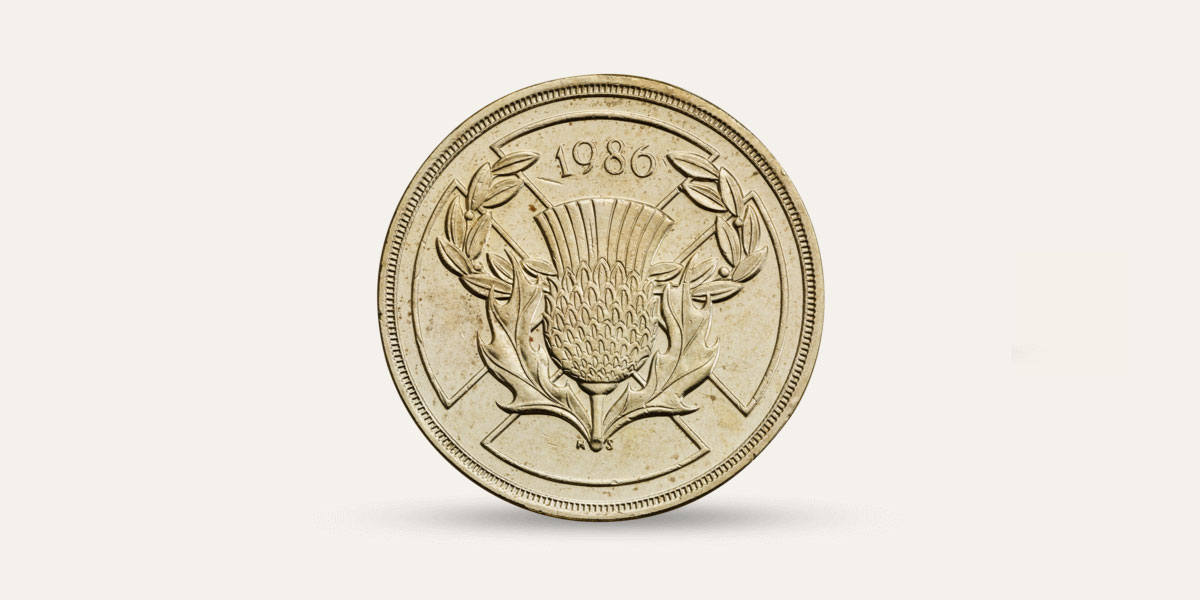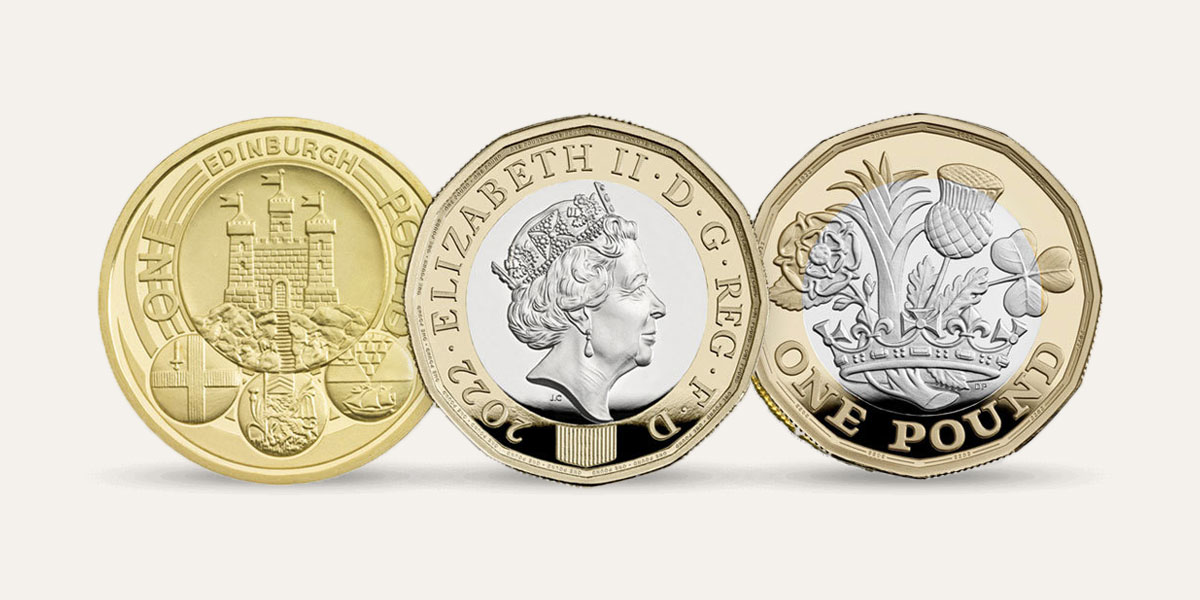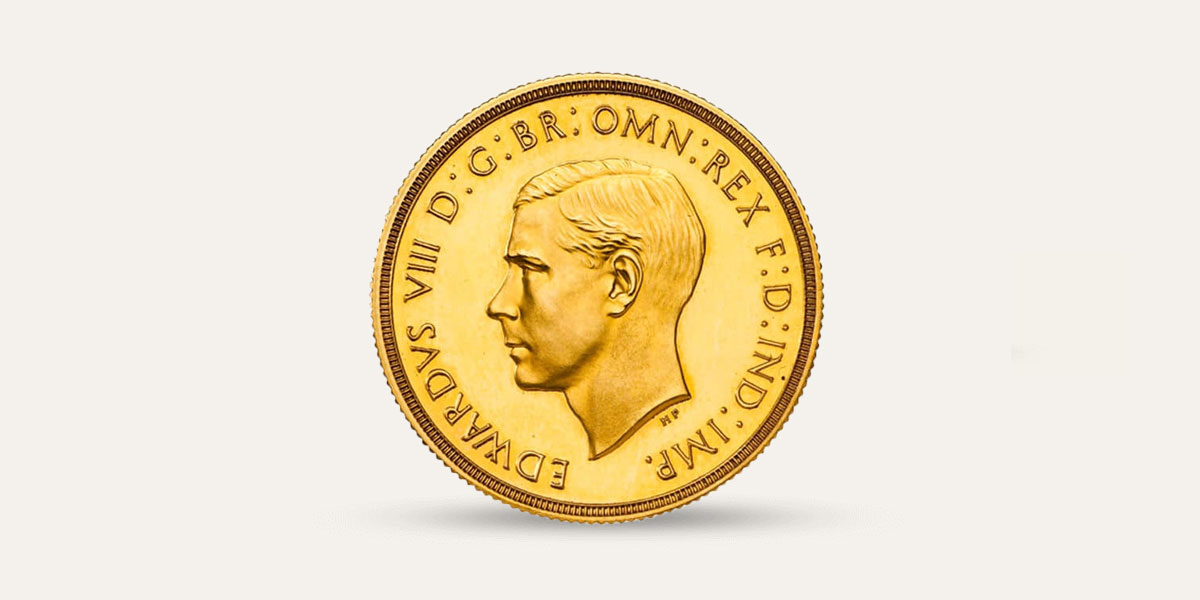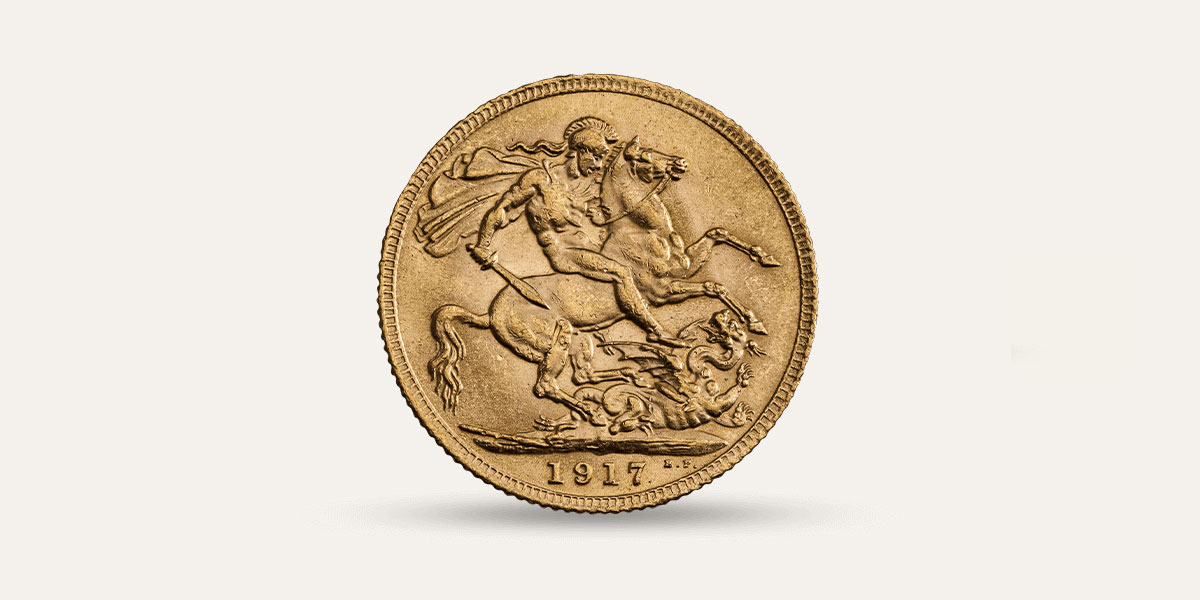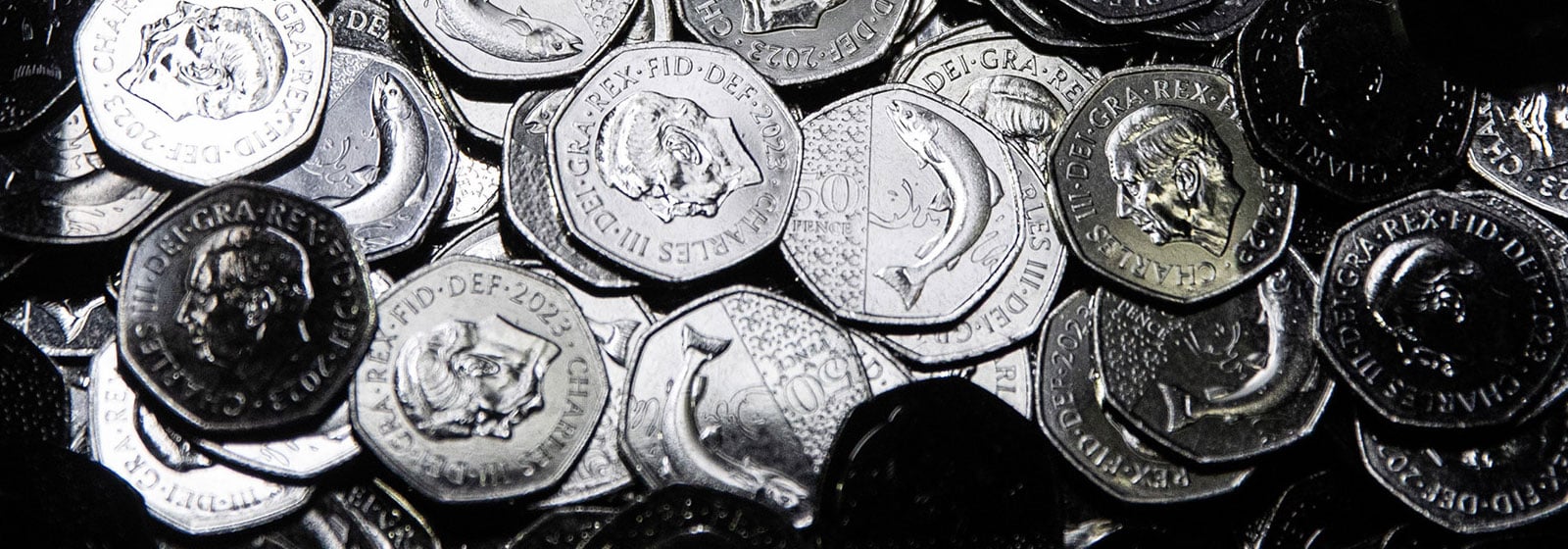
Rare Coins
The Royal Mint has been producing coins since 886 AD. Over the centuries, factors such as demand, limited mintage, a change of monarch, and coins being withdrawn from circulation have made some far rarer than others. Depending on their scarcity, many of these coins are now considered highly valuable.
Rare 50p Coins
From the 2023 Atlantic Salmon 50p, with a mintage of just 200,000, to the highly sought-after 2009 Kew Gardens coin, these are the 10 rarest 50ps ever struck by The Royal Mint.
Rare £2 Coins
Explore some of the rarest £2 coins struck by The Royal Mint, ranging from the early single-coloured nickel-brass issues to the later bi-metallic designs.
Rare £1 Coins
2011 and 2022 stand out as landmark years in the history of the £1 coin. From the rarest ever struck to the rarest in active circulation, two coins have become the most sought-after pound coins among collectors.
Circulating Coin Mintage Figures
Coins are released into circulation based on demand from UK banks and post offices, and each year we publish the exact mintage figures.
Some of The Royal Mint's Most Famous Rare Coins
Edward VIII Coins
After abdicating just months into his reign, no coins bearing Edward VIII’s portrait were struck for circulation. However, a small number of trial and pattern pieces were produced.
The 1933 Penny
According to records, only six were struck—three placed beneath the foundation stones of buildings and three allocated to national collections. However, records suggest at least one more may have been produced and could have sneaked into circulation.
1917 George V Sovereign
Once a luxury, circulating gold coinage became a casualty of the First World War, as funds were needed for the war effort. Production ended in 1917, with many coins struck that year sent to the US to help pay war debt.
Queen Anne Vigo Five-Guinea Piece
The Vigo Five-Guinea coin was one of only a handful made from gold bullion captured by the British fleet at the Battle of Vigo Bay in northern Spain on 23 October 1702. At an auction in New York, one of these coins sold for £703,000.

